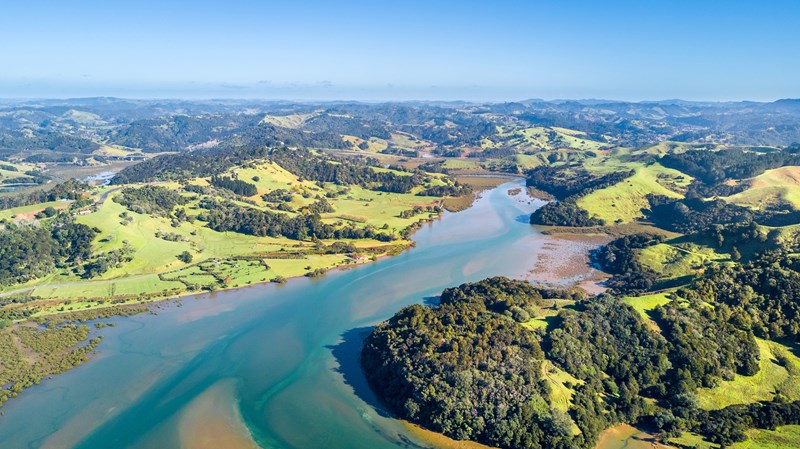Minister for the Environment Nick Smith announced on 9 August 2017 that the National Policy Statement for Freshwater Management 2014 (NPSFM) would be amended and gazetted on 10 August 2017. This represents the third set of amendments to the NPSFM since it was first gazetted in 2011 and then replaced in 2014.
Much of the general press around the NPSFM has focussed on the ‘swimmability’ provisions. Under these a national target is to have 90% of rivers and lakes swimmable by 2040. However the amendments to the NPSFM are wider than swimmability. Key changes include:
- Economic well-being: economic well-being objectives and policies are now included, for both water quality and water quantity. The objectives are to enable communities to provide for their economic well-being, including productive economic opportunities, in sustainably managing freshwater quality and quantity within The policies support this by every regional council considering how to do this when giving effect to the NPSFM.
The Minister’s announcement was careful to note that the inclusion of economic considerations was in a form that now makes explicit that these are within the context of environmental limits. Regardless, this is a welcome change for resource users, especially post the King Salmon and Davidson decisions, with the latter suggesting that it is not necessary to look back up to Part 2 of the RMA in a resource consent context. If that is correct, then it is important that policy statements and plans reflect economic well-being and so the inclusion of this in the NPSFM brings in those broader considerations.
- Te Mana o te Wai: the NPSFM already recognised the national significance of Te Mana o te Wai but did not elucidate this, and the phrase has received much consideration. A key theme of the amendments to the NPSFM is to firmly embed Te Mana o te Wai in the NPSFM with an expanded statement regarding Te Mana o te Wai, and a dedicated objective and policy. The NPSFM says that Te Mana o te Wai “is the integrated and holistic well-being of a freshwater body”.
The expanded provisions regarding Te Mana o te Wai send a clear signal that it is here to stay as an integral part of freshwater management. Hopefully the expanded attention given to Te Mana o te Wai will result in clearer interpretation and implementation than has been the case to date.
- Swimmability: as part of the swimmability provisions, regional councils are to develop regional targets to improve the quality of fresh water in ‘specific rivers and lakes’ – these are rivers that are ‘fourth order or above’ or lakes with a perimeter of 1.5k or more. Draft regional targets are to be available to the public by 31 March 2018 with final targets by 31 December 2018. The targets look to improve the swimmability categories of specified rivers and lakes with respect to coli and cyanobacteria.
Despite what critics of these swimmability provisions have said, this at least shows a move to not just maintain but at least improve water quality for contact recreation, which is something dear to New Zealanders’ hearts. This adds another layer of work for regional councils around the country, most of whom are already mid implementation of the NPSFM 2014.
- More explicit attributes and monitoring: at a technical level, the attribute tables have become more explicit. In addition to the new coli and cyanobacteria attributes states, notes have been added to others such as Ecosystem Health – Rivers where, to achieve a freshwater objective for periphyton within a freshwater management unit, regional councils must at least set appropriate instream concentrations and exceedance criteria for dissolved inorganic nitrogen and dissolved reactive phosphorous. Policy CB1(aa) of the NPSFM also sets out what monitoring methods must be used when regional councils are monitoring progress. These include the monitoring of macroinvertebrate communities and Mātauranga Māori.
The added detail on these matters will assist those working in freshwater management with collecting and analysing the right data for the purposes of enhance freshwater management.
The amended NPSFM will come into force on 6 September 2017.



